Drystock farmer Michael Sweeney is at somewhat of a crossroads on the direction to take with his farm.
At present, Michael is running a herd of 50 continental suckler cows. Progeny are currently sold live. The best 12 or 13 bulls go as weanlings before Christmas and the rest as yearlings the following spring.
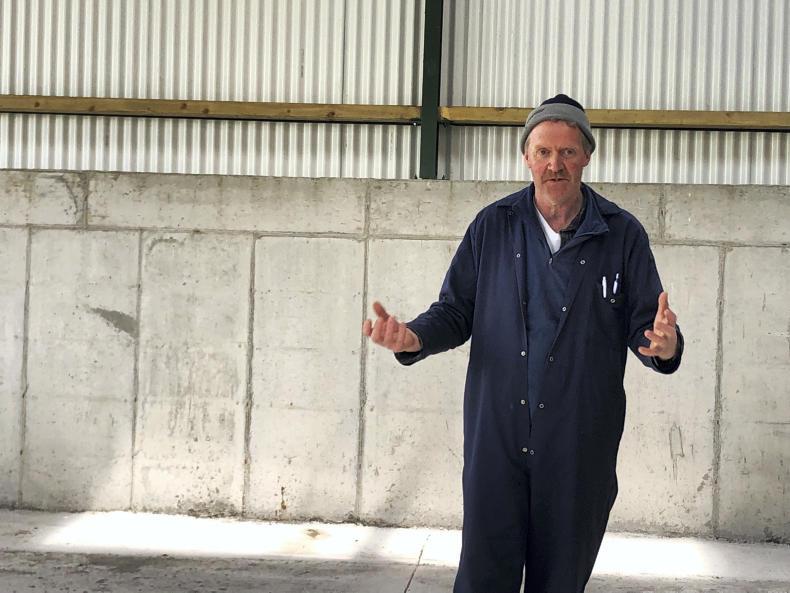
Michael Sweeney.
He also has a flock of 50 mid-season lambing ewes and he purchases in dairy-cross calves each year to rear for store selling or finishing. He admits it is a lot of different systems to be juggling.
Last week, the a group of BETTER farm participants along with their Teagasc B&T advisers visited the farm as part of a BETTER farm technical day.
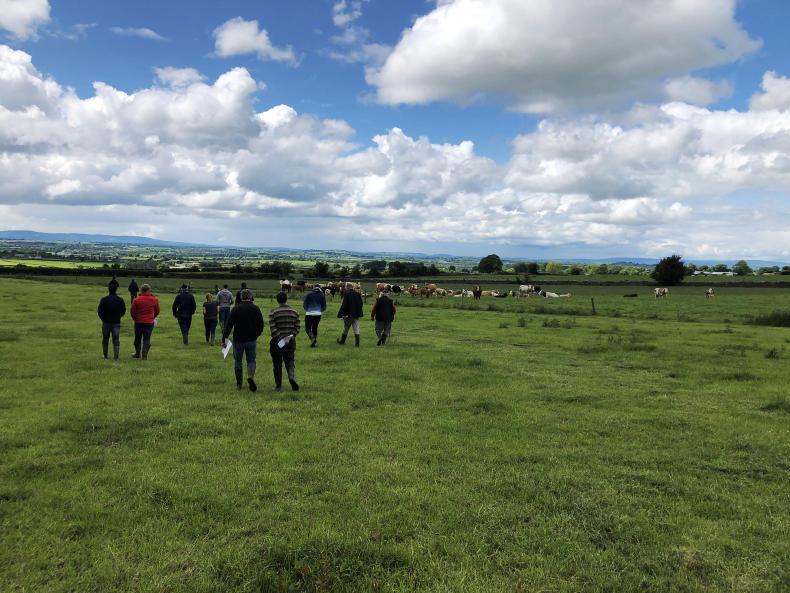
The strengths
Much of the discussion on the day circulated around the strengths, weaknesses, opportunities and threats on the farm.
On the suckler side of things, there is a lot to be positive about. The breeding within the herd is good. The herd of fine big continental cows are bred to AI each year, predominantly Limousin sires. Calving performance is also strong, with a 378-day calving interval, 2% mortality at birth and 0.9 calves per cow per year.
The ewe flock also performs well. It is a highly-prolific ewe flock which weans 1.8 lambs per ewe on an average year. “The sheep are great for paying those smaller bills during the summer,” Michael acknowledged. “They are a great boost to cashflow.”
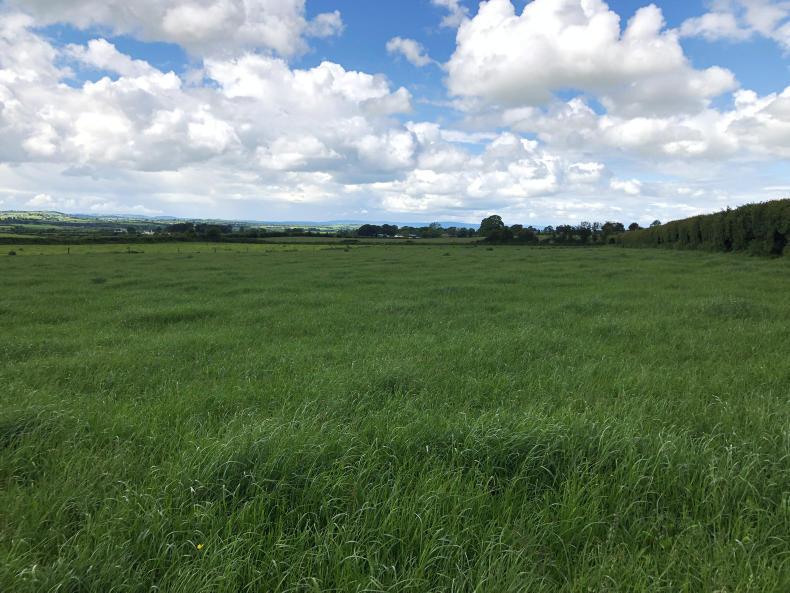
Grassland management is another big strength. Paddocks are well laid out, with a water system and sheep fencing serving each block. Drinkers are even located in a way that allows paddocks to be subdivided. While walking the farm, grass covers were excellent and some were earmarked for bales.
The weaknesses
One area for attention is the calving period – it’s currently just under 16 weeks. Michael admitted that “it’s very hard to just let go of a cow that’s tried and trusted. You’re always keen to give her another chance.” The BETTER farm group said that bringing the calving period under 12 weeks would be a huge help and this comes by being ruthless. One farmer said: “If a sheep didn’t have a lamb she definitely wouldn't be kept so it’s no different with a cow.” Another added: “If you have to cull a cow and buy an in-calf heifer instead of her then do.”
While grassland management and infrastructure is very strong, it could be streamlined. As things stand, the herd of 50 suckler cows are run in three separate groups. This could definitely be cut to two if not one group to allow for easier management.
Similar to calving period, calving date is another problem. Michael is calving the bulk of his cows in March. However, he highlighted that his farm “is definitely and early-grass farm. Land is dry and cattle would usually be able to go out in February.” But because Michael is waiting until March for a lot of his cows to calve, it means there is minimal benefit from early turnout. He is also missing a month of grazing with his calves – something that could prove all the difference in a suckler-to-weanling or -store system.
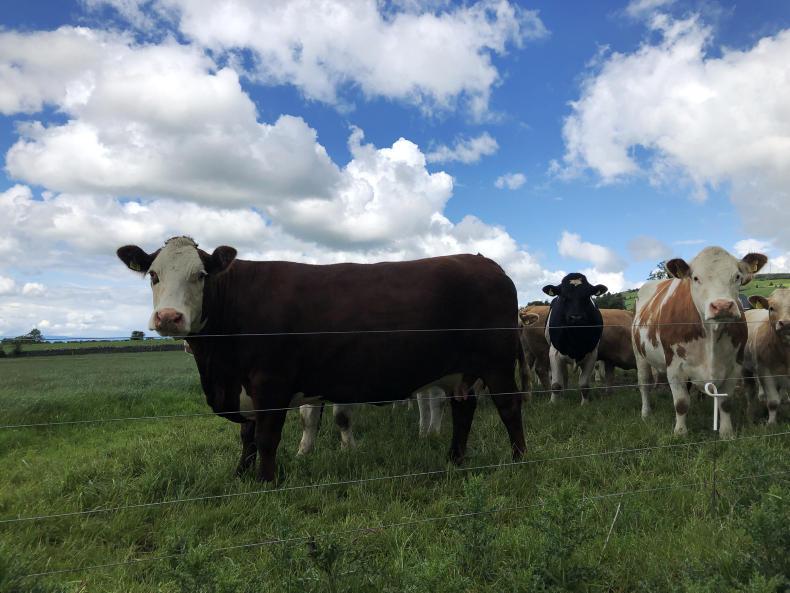
Labour is also a problem. Fair enough, the farm is well laid out and has good facilities. But the labour issue comes into play because there are so many different enterprises for one man to manage. Between spending time in marts, going to the factory with lambs and then getting around on all the routine management tasks, there is a big time requirement. The group suggested that Michael should consider culling the ewe flock or quitting the dairy calf operation.
Threats
Michael feels that the biggest threat to his system is his dependence on live selling. “Mart volatility is a big concern for me,” he said. “You bring some animals to the mart and its great but on the flip side some days can go very much against you.”
He also highlighted the risk of TB and obvious problems that would arise if the herd failed to have a clear TB test.
Derogation was also flagged as another threat by Michael's Teagasc B&T adviser Terry Carroll. “In order for Michael to really push this farm, stocking rate will increase and that will likely send him into a derogation scenario,” he said. “With all the talk surrounding nitrates at the moment, it’s certainly something that will have to be in our minds.”
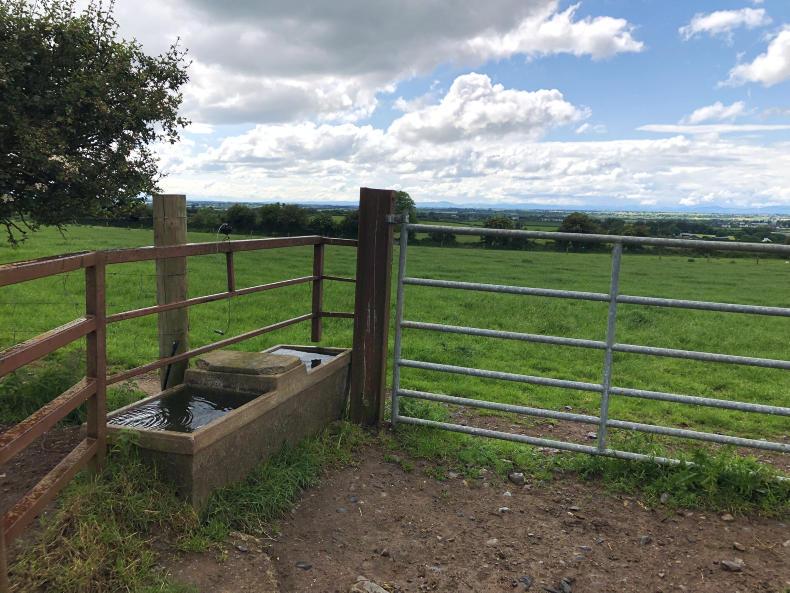
Opportunities
Without doubt, the breeding on the farm is a major opportunity. In order to get the most out of the emphasis being placed on breeding, Michael said he would be interested in taking his animals one step further: “Ideally I like to get to the stage where I can take my own cattle to beef.”
The mutual advice here was to finish one pen of bulls this year but to continue selling the rest live. This would stem any cashflow issue and reduce the risk of running into problems as a newcomer to the system. Bullocks were not recommended due to the unlikelihood of getting them killed off the grass before the second winter and the restriction on housing.
The dry land on the farm is also a huge assets and as already mentioned, the opportunity of early turnout to secure and extra month at grass in the spring and lower feed costs would make a massive difference.
Drystock farmer Michael Sweeney is at somewhat of a crossroads on the direction to take with his farm.
At present, Michael is running a herd of 50 continental suckler cows. Progeny are currently sold live. The best 12 or 13 bulls go as weanlings before Christmas and the rest as yearlings the following spring.

Michael Sweeney.
He also has a flock of 50 mid-season lambing ewes and he purchases in dairy-cross calves each year to rear for store selling or finishing. He admits it is a lot of different systems to be juggling.
Last week, the a group of BETTER farm participants along with their Teagasc B&T advisers visited the farm as part of a BETTER farm technical day.

The strengths
Much of the discussion on the day circulated around the strengths, weaknesses, opportunities and threats on the farm.
On the suckler side of things, there is a lot to be positive about. The breeding within the herd is good. The herd of fine big continental cows are bred to AI each year, predominantly Limousin sires. Calving performance is also strong, with a 378-day calving interval, 2% mortality at birth and 0.9 calves per cow per year.
The ewe flock also performs well. It is a highly-prolific ewe flock which weans 1.8 lambs per ewe on an average year. “The sheep are great for paying those smaller bills during the summer,” Michael acknowledged. “They are a great boost to cashflow.”

Grassland management is another big strength. Paddocks are well laid out, with a water system and sheep fencing serving each block. Drinkers are even located in a way that allows paddocks to be subdivided. While walking the farm, grass covers were excellent and some were earmarked for bales.
The weaknesses
One area for attention is the calving period – it’s currently just under 16 weeks. Michael admitted that “it’s very hard to just let go of a cow that’s tried and trusted. You’re always keen to give her another chance.” The BETTER farm group said that bringing the calving period under 12 weeks would be a huge help and this comes by being ruthless. One farmer said: “If a sheep didn’t have a lamb she definitely wouldn't be kept so it’s no different with a cow.” Another added: “If you have to cull a cow and buy an in-calf heifer instead of her then do.”
While grassland management and infrastructure is very strong, it could be streamlined. As things stand, the herd of 50 suckler cows are run in three separate groups. This could definitely be cut to two if not one group to allow for easier management.
Similar to calving period, calving date is another problem. Michael is calving the bulk of his cows in March. However, he highlighted that his farm “is definitely and early-grass farm. Land is dry and cattle would usually be able to go out in February.” But because Michael is waiting until March for a lot of his cows to calve, it means there is minimal benefit from early turnout. He is also missing a month of grazing with his calves – something that could prove all the difference in a suckler-to-weanling or -store system.

Labour is also a problem. Fair enough, the farm is well laid out and has good facilities. But the labour issue comes into play because there are so many different enterprises for one man to manage. Between spending time in marts, going to the factory with lambs and then getting around on all the routine management tasks, there is a big time requirement. The group suggested that Michael should consider culling the ewe flock or quitting the dairy calf operation.
Threats
Michael feels that the biggest threat to his system is his dependence on live selling. “Mart volatility is a big concern for me,” he said. “You bring some animals to the mart and its great but on the flip side some days can go very much against you.”
He also highlighted the risk of TB and obvious problems that would arise if the herd failed to have a clear TB test.
Derogation was also flagged as another threat by Michael's Teagasc B&T adviser Terry Carroll. “In order for Michael to really push this farm, stocking rate will increase and that will likely send him into a derogation scenario,” he said. “With all the talk surrounding nitrates at the moment, it’s certainly something that will have to be in our minds.”

Opportunities
Without doubt, the breeding on the farm is a major opportunity. In order to get the most out of the emphasis being placed on breeding, Michael said he would be interested in taking his animals one step further: “Ideally I like to get to the stage where I can take my own cattle to beef.”
The mutual advice here was to finish one pen of bulls this year but to continue selling the rest live. This would stem any cashflow issue and reduce the risk of running into problems as a newcomer to the system. Bullocks were not recommended due to the unlikelihood of getting them killed off the grass before the second winter and the restriction on housing.
The dry land on the farm is also a huge assets and as already mentioned, the opportunity of early turnout to secure and extra month at grass in the spring and lower feed costs would make a massive difference.











 This is a subscriber-only article
This is a subscriber-only article











SHARING OPTIONS: